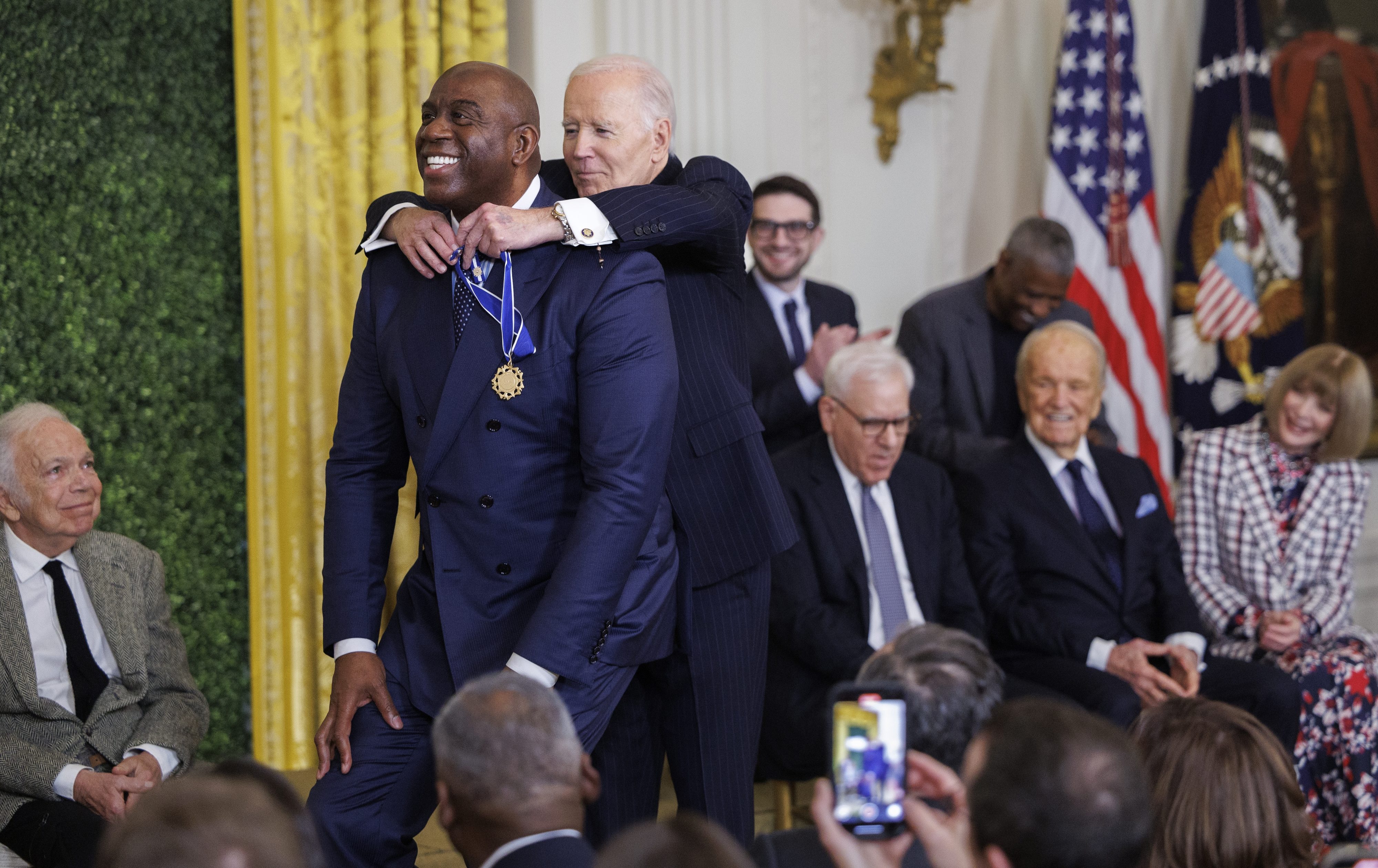The goal is to plant 90,000 trees across Los Angeles by the end of this year and increase the tree canopy in areas of greatest need 50% by 2028.
It is part of Mayor Eric Garcetti's Green New Plan. It is an ambitious multi-pronged strategy to fight climate change.
The city hired its first Forest Officer, Rachel Malarich, to oversee the process that involves non-profit organizations, universities, and volunteers.
"Our goal is to have trees providing benefits to all of our residents," Malarich said.
Get top local stories in Southern California delivered to you every morning. >Sign up for NBC LA's News Headlines newsletter.
So far more than 52,000 trees have been planted, the city admittedly behind. The COVID-19 pandemic put a pause to shovels in the ground.
The work is now picking up, planting and educating people in areas like Boyle Heights on how to care for trees planted in their neighborhoods.
"Whenever we come and give water to it, it will continue to grow more and more," one volunteer told NBC4.
Local
Get Los Angeles's latest local news on crime, entertainment, weather, schools, COVID, cost of living and more. Here's your go-to source for today's LA news.
"If it's a house, if it's an apartment to give shade, you don't have to use your air conditioning as much," another volunteer at a recent planting event in Koreatown said.
Los Angeles has partnered with the University of Southern California by creating the Urban Trees Initiative. The focus is to guide the growth of an urban forest of shade trees that benefit the health and quality of life for local communities.
Earlier this year the USC team produced a report outlining their strategic vision for future tree planting efforts in the eastside communities of Lincoln Heights, El Sereno, and Ramona Gardens. All designed to reduce the temperature, improve air quality, and balance these neighborhoods with tree-lined wealthier neighborhoods.
The east side of town is a major focus of a report by the USC Urban Trees Initiative. It shows where trees are in dire need and what the future could look like.
Surface temperature readings from one day in September 2020 shows on the street 145 degrees, on the sidewalk, 138 degrees, and under the shade of a tree, the temperature drops by double digits to 90 degrees, according to the report.
Dr. Vivek Shandas, the founder of the Sustaining Urban Places Research Lab, has studied the distribution of trees in Los Angeles.
"What we are seeing in LA here is a very kind of lopsided tree equity distribution," he said.
Shandas explains disinvested communities, those minority neighborhoods that historically received less funding and had fewer opportunities for growth, have less trees than wealthier neighborhoods.
"Trees need to be seen not as a luxury, but as essential on every corridor," he said during a recent presentation hosted by Streets LA.
With each tree planted, the city says there is new opportunity.
"Some folks will ask, you know, in light of climate change, do you feel like you're doing enough working in urban forestry? And my work has been focused on improving quality of life for the people who live here," Malarich said.
"And I'm not promising that any of our goals will get us to a quiet, lush Western Avenue, but that's what we want more of, for our residents," she added.
Malarich says they doing something they haven't done in decades, taking an inventory of where trees could go and have already found 100,000 potential places. The inventory is available to the public.
You can also sign up for notifications of when trees are planted in your neighborhood.



